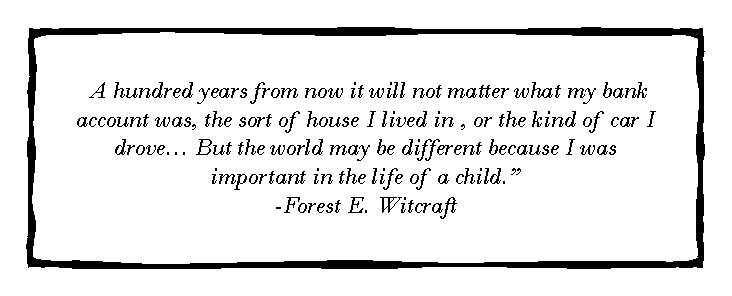Robin C. Miller EDUC
6164
Blog
Week 4
This week we are asked to identify a
microaggression that we either recently witnessed or were a target of. I have witnessed
the all three racial microaggressions, the microassault, microinsult, and microinvalidation.
I witnessed a woman who seemed very frustrated and upset ordering Chinese food
at a Chinese food take out restaurant in my neighborhood. The woman behind the
counter who spoke very little English did not understand the woman’s order and asked
her to repeat it. The woman became very hostile and agitated and began fussing
and using profanity. The woman behind the counter apologized but the very
irritated woman didn't want an apology and called the woman a, “stupid chink.”
This is a form of microassault.
The woman continued on her rampage
with the lady behind the counter saying, “this is America you need to speak
English or you need to leave. That’s what’s wrong with society today, we let
you chinks in and you take over everything but can’t understand a lick of
English.” This is a form of both microinsult and microinvalidation. I consider
this a form of microinsult, because the upset woman made the lady behind the
counter feel as if her native language is inferior to the English language. I believe
that it is also a form of microinvalidation because she made the woman also feel as
if her existence in American was meaningless because she did not speak the native
tongue of the Americans.
This
experience is a form of cultural racism, “cultural racism can be defined as
societal beliefs and customs that promote the assumption that the products of a
given culture, including the language and traditions of that culture are superior
to those of other cultures”( American Psychological Association., 2013). The
woman at the store felt as if her cultural language was more superior than hers
because of the society she lives in. America is diverse for a reason; it isn't called the melting pot because we are all the same. Natives to our land see it
as an opportunity for freedom and new life. Americans need to be open and begin
respecting the variety of cultures in which makes our homeland unique.
References
American
Psychological Association. (2013). Cultural racism: Conceptualization.
Retrieved from http://www.health-psych.org/Cultural.cfm
Laureate
Education, Inc.
(2011). "microaggressions in everyday life" [Course Media].
Available from https://class.waldenu.edu/webapps/portal/frameset.jsp?tab_tab_group_id=_2_1&url=/webapps/blackboard/execute/launcher?type=Course&id=_3397499_1&url=
